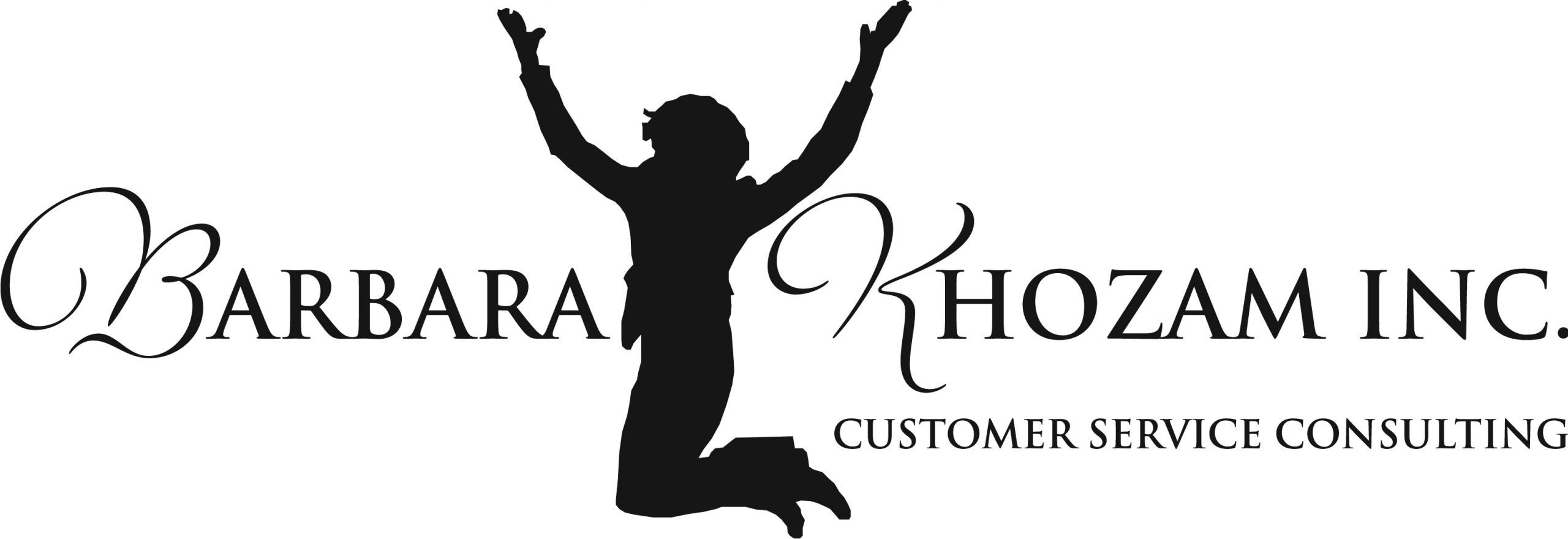In the news recently, I’ve heard a lot about bad customer experiences by persons with disabilities. Airlines that forgot to provide ambulatory equipment for disabled passengers (https://www.moneyforlunch.com/disabledmanforcetocrawloffplane/). War veterans and their service animals that are denied service and treated poorly. Not to mention the many other stories of bad customer service involving people who are disabled not revealed in headline news.
Is your organization able to provide exceptional service to all its customers, regardless of physical abilities? This is an important question that you must answer in order to avoid embarrassing, or worse yet, mistreating customers who are disabled. And because persons with disabilities have certain rights under the Americans With Disabilities Act, at a minimum, you need to consult with your human resources department to ensure you’re in compliance with federal laws.
In customer service, we work with different types of people all of the time. And providing service to persons who are disabled is exactly that. So, you need to step up your customer service protocols to ensure that your customers, who are disabled, are treated fairly and with respect — two things that we must show everyone with whom we interact. Most importantly, you want procedures in place that allow you to seamlessly provide the best possible customer service experiences when least expected and a moment’s notice.
Training staff to anticipate the needs of customers with disabilities is a sound and effective strategy that will garner you loyal and raving clients. If you work with customers face-to-face, you need to recognize and offer assistance before your customers even have to ask. After all, isn’t such anticipation what exceptional service is all about?
Strategies that Turn It Around
- Look customers directly in the eye. For example, avoid staring at their wheelchairs or hearing aids.
- Watch your body language. If you feel uncomfortable around persons with disabilities, your body language may reveal your discomfort. So be careful not to project negativity with your body language.
- Be patient. For example, if you’re dealing with a person who has hearing loss, you may need to repeat instructions or you may need to ask the customer to repeat a statement.
- Be considerate and thoughtful with your speech, but don’t patronize customers with disabilities. Your customers may require additional help, but they aren’t helpless children.
- Assign a personal assistant or personal shopper when it’s appropriate. For example, assign one of your team members to escort customers with special needs throughout your store, helping them to reach items on top shelves or helping to push carts.
Remember: People want to be treated fairly and with respect. Notice the person, not the disability.
Please let me know which strategies you use to provide exceptional service to persons with disabilities. Share your thoughts in the comments section below.
